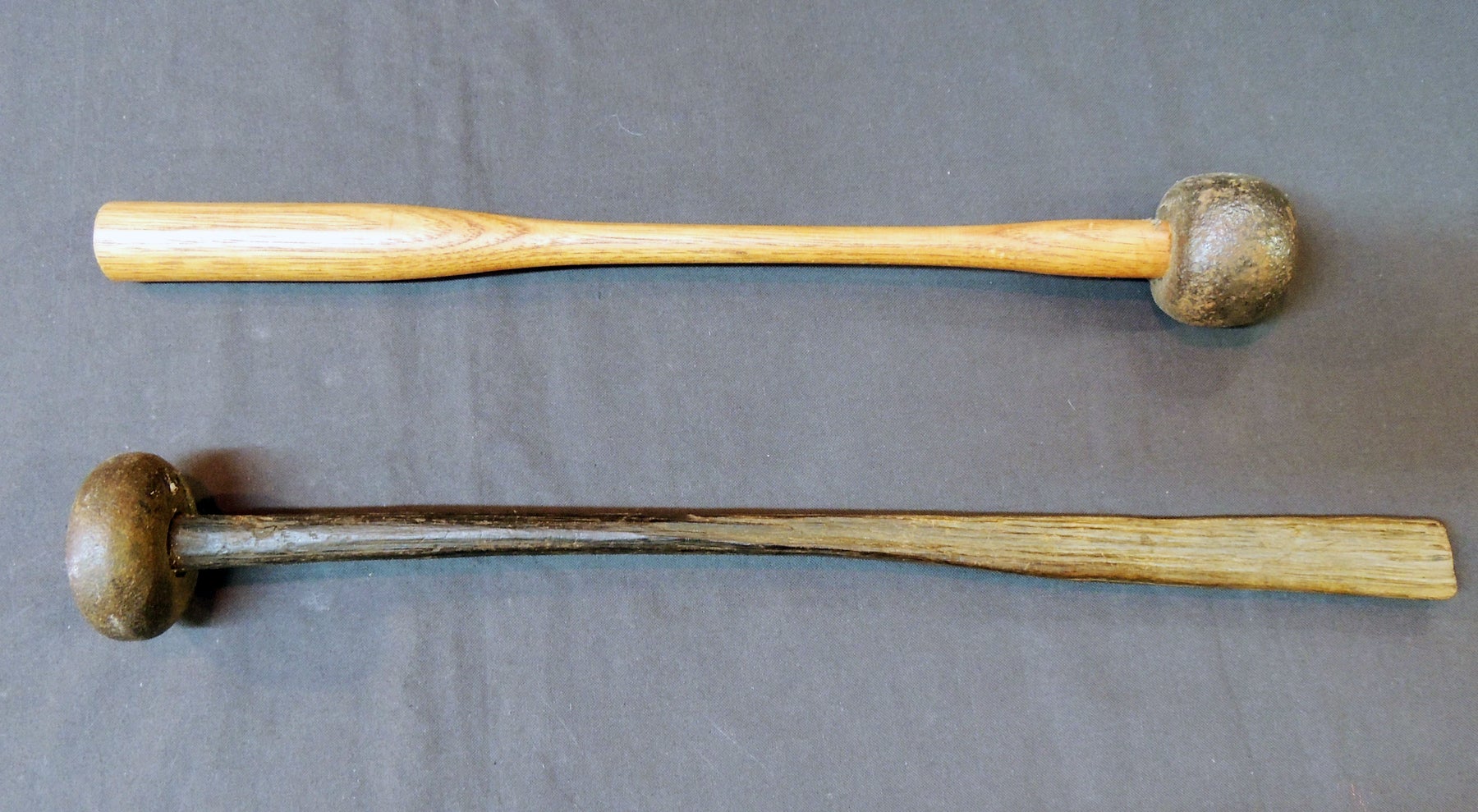Personal Effects: Knapping hammers
Published 3:42 pm Friday, June 26, 2020
By JERRY SAMPSON
Question: Hello J. What do you think of my walnut crackers? Well that’s what we use them for anyway. My grandfather was a stonemason and he called them nappin hammers, used on stone. My daddy replaced one handle many moons ago. The other handle is an old one. Or I think it is. Any value to them? Thanks.
Answer: You can certainly use them for cracking tough walnuts. However, let me tell you what you really have.
You have a couple of KNAPPING hammers. And they were used in stone, just not the way that your stonemason grandfather would have used them. Though, I said knapping hammers, the proper name is a macadamizing hammer, and they also go by other names, macadam hammer, nappan knocker, and napping or knapping hammer.
For the sake of clarity, I’m going to call them knapping hammers. Knapping hammers have a round head, when viewed from the top, making every side a striking surface. So you can quickly twist, turn and reposition your hand and angles.
It’s no big deal that the handle has been changed on one. These were sold with no handles at all. The handle was custom fit for the man who was wielding it. Most handles measure from 10 inches to as long as 18 inches. The necks were always thin because the weight of that round head did all the work. Not the forearm of the man holding it.
Let’s get to just what the name macadamizing hammer means.
The macadamizing hammer was simply used to break or pulverize stone for road construction. Around 1820, Scottish engineer John Loudon McAdam, hence the name, created a new type of road construction. It was different and went on to change the way that roads were paved.
Today, it would be considered primitive, but then it was amazing. There would be uniform sized pieces of gravel or aggregate with a binder coating that would cement the whole unit together thus giving a fairly smooth end result. Compared to dirt roads or cobble stones, this was a revolutionary concept.
What did they use to make that uniform-sized gravel or base? It was man power and these hammers. In the hands of a skilled laborer, these hammers would fly, chipping out these stones in record time. Well, record time for the 1820s.
The first road in the U.S. was between Haggerstown and Boonsboro, Maryland in 1823.
These hammers hung around for a long, long time, until mechanical technologies rendered them useless and the 1920s and saw the advent of the asphalt paving.
I see these hammers from time to time in the market, mostly in tool collections. These knapping hammers, as a single unit, usually sell for about $25 each. Maybe a little more for the one with the handle with the dark patina.
These were manufactured in sets too, and those complete sets will make tool collectors swoon. But I love your walnut crackers. Thanks for sharing them with us.







